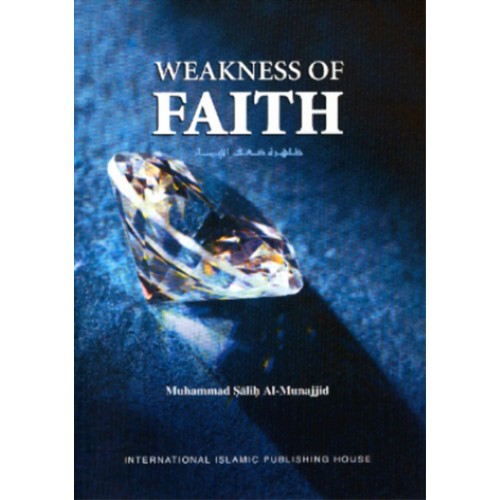ISLAMOPHOBIA HAS PROLIFERATED EXPONENTIALLY SINCE SEPTEMBER 11, in countless cases of discrimination, racims, hate speeches, physical attacks, and anti-Muslim campaigns. The 2006 Danis cartoon crisis and the controversy surrounding Pope Benedict XVI’s Regensburg speech have also raised crucial questions about freedom of expression, multiculturalism, respect for religious symbols, and interfaith relations.
The 1997 Runnymede Report defines Islamophobia as “dread, hatred, and hospitility towards Islam and Muslims perpetuated by a series of closed views that imply and attribute negative and derogatory stereotypes and beliefs to Muslims.” Violating the core principles of religious freedom, civil liberties, and human rights, Islamophobic acts take many different forms. In some cases, mosques, Islamic centers, and Muslim properties are attacked and desecrated. In the workplace, schools, and housing, it takes the form of suspicion, hazing, mockery, rejection, stigmatizing, and discrimination. in public places. it occurs in hate speech and denial of access to goods and services.
This collection of essays takes a multidisciplinary approach to Islamophobia, bringing together the expertise and experience of Muslim andnon-Muslim, American and European scholars. Combining analysis with policy recommendations, the contributors discuss and evaluate existing practices and offer new ways of dealing with discrimination, xenophobia,and racism



















